I have the privilege of being employed in two half-time positions with Saint John’s University: Senior Development Officer and Director of The Saint John’s Bible Heritage Program. In the latter role, I have the pleasure of introducing audiences -- many of whom are unfamiliar with Saint John's -- to the cutting-edge projects that the Abbey and University have had the courage and foresight to initiate. Some of this “risky business” includes the hiring of internationally-renowned Marcel Breuer as the architect for the design-forward Abbey & University Church, founding Minnesota Public Radio, sponsoring the handwritten and illuminated Saint John’s Bible, and constructing North America’s largest wood-fired kiln.
In 1979 Richard Bresnahan ’76 had just returned from nearly four years of study and pottery-making in Japan when he met with then President Michael Blecker, OSB. Fr. Michael’s infamous question, “Richard, what can Saint John’s do for you?” led to Richard being named the University's artist-in-residence, and out of that came the establishment of a clay arts program and pottery studio like no other on a college campus.
This past fall Richard orchestrated the 13th firing of his three-chambered Johanna Kiln, named to honor his teacher, champion and mentor, S. Johanna Becker, OSB. Since the kiln’s first firing in 1995, well over 100,000 pieces of pottery have been produced by Richard and other artists from around the world. The process takes seven weeks to load the kiln, ten days to fire, a week to cool, a week to unload and nine months to clean over 10,000 pieces. Over fifty volunteers -- from all walks of life -- are required to staff a firing, with five cooks responsible for keeping the hungry crew fed.
Mike McCloskey ’83 first became aware of Richard and his work when searching for an interesting January Term class. During the month-long course Mike learned about the rigors of running a pottery studio (he split a lot of firewood), had his aesthetic broadened by several local artists, grew to appreciate the studio’s ecological model, and -- most importantly -- established an enduring friendship with Richard. Mike admitted that he had remained only “loosely connected” to Saint John’s after graduation, until he passed through campus twenty years later and was encouraged by Richard to lend a hand with the kiln’s impending firing. Mike accepted the offer and has been a member of the crew for the past four firings. “I appreciate the monastic rhythm of the multi-day process and feel honored to be part of something that reconnects me to this special place and a community of remarkable people," Mike shared. "And it gives me the satisfaction of contributing to a higher cause.” In addition to Mike’s sweat equity, he, like hundreds of others, supports Richard’s mission with annual financial contributions.
Since 1979 Richard has relied on the generosity of alumni and friends to ensure the stability of the pottery program. That generosity has also supported endowments for apprentices and environmental artists. Taken together, it has fostered the creation of something that is unique and unparalleled in the United States. Richard is grateful to have established “familial relationships” with his benefactors, many of whom use their connection to the pottery studio as a way to experience -- both physically and spiritually -- their sense of place at Saint John’s.
[Editor's note: To learn more about the pottery program at Saint John's, please visit the video Richard Bresnahan: The Taste of the Clay.]


